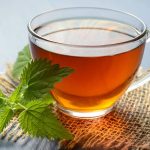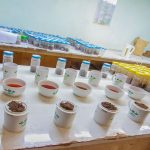Email: sales@aimco.co.ke | Telephone: +254 728 856 255
Table of Contents
When you’re sourcing premium Kenyan tea for your business or exploring the rich world of East African tea culture, understanding tea grades in Kenya becomes absolutely essential. As someone who has spent years working directly with tea farmers and exporters across Kenya’s highland regions, I’ve witnessed firsthand how these grade classifications can make or break a business deal, determine market prices, and ultimately shape the entire tea trading experience from Nairobi to Dubai.
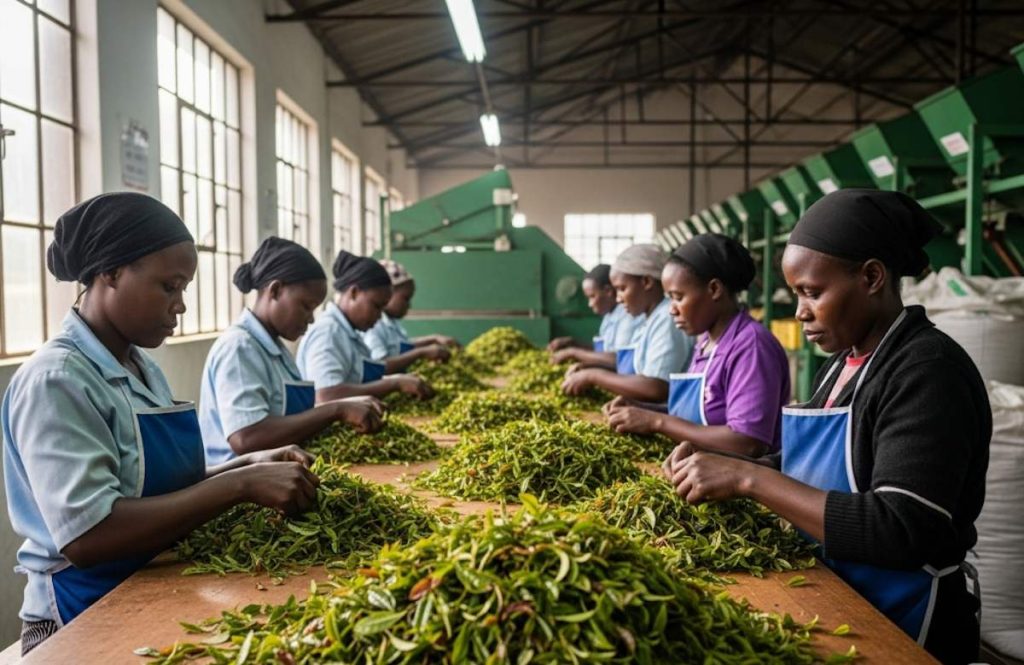
The complexity of Kenyan tea grading might seem overwhelming at first glance, but once you grasp the fundamentals, you’ll discover a sophisticated system that has evolved over decades to serve both local farmers and international buyers. Whether you’re looking to export premium grades to European markets, supply bulk quantities to Middle Eastern distributors in Iraq and Afghanistan, or cater to the growing demand in Pakistani and Iranian tea houses, understanding these classifications will give you a significant competitive edge.
The Foundation of Kenyan Tea Excellence
Kenya’s tea industry stands as one of the most respected in the global market, and this reputation stems largely from our meticulous grading system. The Kenya Tea Development Agency (KTDA) has established standardized classifications that ensure consistency across all our tea-producing regions, from the misty highlands of Kericho to the rolling hills of Nyeri.
What makes Kenyan tea grading particularly fascinating is how it balances traditional British colonial grading methods with modern African agricultural practices. This unique blend has created a system that international buyers from Somalia to Europe can easily understand and trust, while still honoring the distinct characteristics that make Kenyan tea so sought after in global markets.
The grading process begins the moment fresh tea leaves arrive at processing factories. Experienced sorters, many of whom have inherited their skills through generations of family involvement in the tea industry, carefully examine each batch. They look for leaf size, color consistency, presence of golden tips, and that distinctive bright coppery color that signals premium quality Kenyan tea.
KTDA Standard Tea Grades: The Gold Standard
The KTDA grading system represents the backbone of Kenya’s tea export success. KTDA tea grades refer to standard Kenyan tea classifications—such as BP1, PF1, PD, and Dust 1—used for teas grown by small-scale farmers under the Kenya Tea Development Agency, and these grades have become the international standard for East African tea quality assessment.
Broken Pekoe 1 (BP1): The Premium Choice
BP1 forms about 12–14% of the total production and has the largest size particles, making it one of the most coveted grades in international markets. When I visit tea auctions in Mombasa, BP1 consistently commands the highest prices, and there’s good reason for this premium positioning.
BP1 tea leaves are characterized by their substantial size and robust appearance. The liquor they produce strikes that perfect balance between strength and sophistication that European buyers particularly appreciate. It produces liquors that are a bit light in body but with encouraging flavoring characteristics such as briskness.
For exporters targeting premium markets in Dubai or European tea blending houses, BP1 represents an excellent investment. The larger leaf size means slower brewing, which appeals to consumers who enjoy the ritual of tea preparation. In my experience working with distributors across different continents, BP1 performs exceptionally well in markets where tea culture emphasizes quality over quantity.
Pekoe Fannings 1 (PF1): The Workhorse of Kenyan Tea
PF1 forms the bulk of the manufacture, and understanding this grade is crucial for anyone serious about Kenyan tea business. PF1 strikes that sweet spot between quality and commercial viability that makes it perfect for both retail packaging and bulk export operations.
The beauty of PF1 lies in its versatility. Pakistani tea importers love it for its consistent brewing characteristics, while Middle Eastern markets appreciate its strong color and robust flavor profile. Iranian tea merchants, in particular, have shown increasing interest in PF1 due to its excellent performance in traditional tea preparation methods.
From a business perspective, PF1 offers the best volume-to-quality ratio. When you’re supplying tea houses in Afghanistan or filling large orders for Somali distributors, PF1 provides that consistent quality that builds long-term customer relationships without breaking your profit margins.
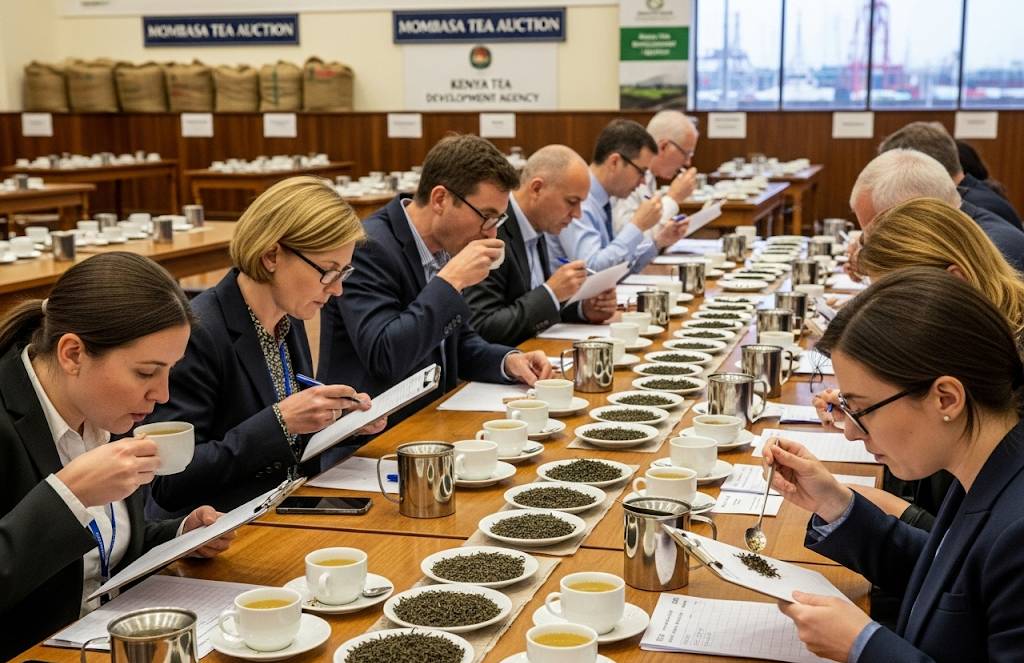
Pekoe Dust (PD): Fast-Brewing Excellence
Pekoe Dust might sound less premium than other grades, but in reality, it serves a crucial role in the global tea market. PD consists of smaller particles that brew quickly and produce a strong, flavorful cup that’s perfect for commercial tea bag operations and instant tea preparations.
The quick-brewing nature of PD makes it incredibly popular in busy urban markets like Nairobi and Mombasa, where office workers and students need their tea fix without lengthy brewing times. International buyers from Iraq have shown particular interest in PD grades for their food service operations, as it delivers consistent results under high-volume brewing conditions.
What many people don’t realize is that PD often contains some of the most flavorful components of the tea bush. The smaller particle size means more surface area exposure during brewing, resulting in a more intense flavor extraction that satisfies consumers who prefer strong tea.
Dust 1: The Foundation of Commercial Blends
Dust 1 represents the finest particles in the Kenyan grading system, but don’t let the name fool you into thinking it’s inferior quality. These fine particles are essential components in many commercial tea blends and serve specific market needs that larger grades cannot fulfill.
The instant brewing characteristics of Dust 1 make it invaluable for foodservice operations, tea bag manufacturers, and instant tea producers. European companies often purchase significant quantities of Kenyan Dust 1 to blend with other origins, creating balanced breakfast teas that millions of consumers enjoy daily.
For exporters looking to enter volume-based markets or supply industrial tea operations, Dust 1 offers excellent profit margins and consistent demand. The key is understanding which markets appreciate the specific characteristics this grade offers.
Orthodox Tea Grades: Meeting Premium Market Demands
While Kenya is primarily known for CTC (Crush, Tear, Curl) tea production, Kenya also produces Orthodox grades like OPA and Pekoe, for premium loose-leaf markets. Understanding these Orthodox grades opens doors to entirely different market segments and price points.
Orange Pekoe A (OPA): Whole Leaf Excellence
OPA represents the pinnacle of Kenyan Orthodox tea production. These whole leaf grades appeal to tea connoisseurs who value the complete tea experience, from the visual appeal of unbroken leaves to the complex flavor development during brewing.
European specialty tea shops and high-end restaurants often seek OPA grades for their premium tea offerings. The whole leaf presentation creates a visual impact that justifies premium pricing, while the flavor complexity satisfies sophisticated palates.
In Middle Eastern markets, particularly in Iranian tea culture where tea preparation is considered an art form, OPA grades are increasingly appreciated for their ability to withstand multiple infusions while maintaining flavor integrity.
Pekoe Orthodox: Versatile Premium Grade
Orthodox Pekoe offers many of the benefits of OPA while being more commercially viable for larger operations. The slightly broken leaf structure still provides excellent visual appeal while allowing for more efficient brewing and consistent results.
This grade has found particular success in Pakistani markets, where traditional tea preparation methods benefit from the Orthodox processing style. The longer leaf structure provides the strength Pakistani consumers prefer while offering the complexity that distinguishes premium tea from commodity products.
Regional Variations and Seasonal Impacts
Understanding tea grades in Kenya requires appreciating how different growing regions and seasonal conditions affect final grade distributions. Tea from Kericho highlands often produces higher percentages of premium grades due to the elevation and climatic conditions, while estates in other regions may specialize in specific grade productions based on their unique terroir.
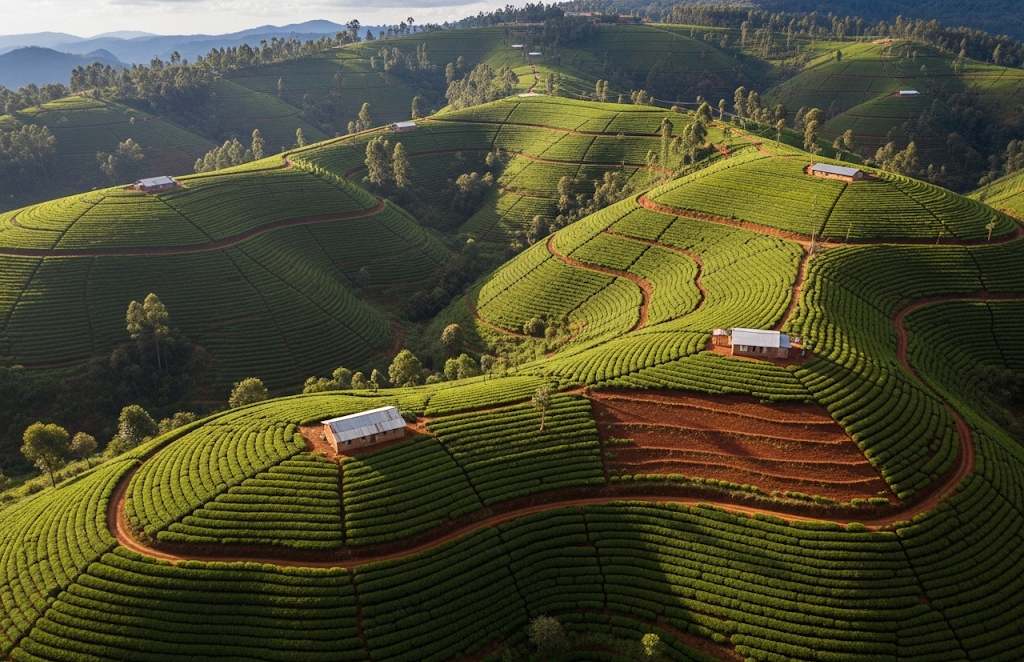
The timing of harvest significantly impacts grade quality. First flush teas, harvested after the dry season, typically yield higher percentages of premium grades like BP1 and OPA. Second flush harvests often produce more PF1 and PD grades, which still maintain excellent quality while serving different market segments.
Seasonal variations create opportunities for strategic purchasing. Experienced exporters time their purchases to maximize grade quality while taking advantage of seasonal price fluctuations. Understanding these patterns can mean the difference between profitable operations and struggling to meet market demands.
Quality Control and Certification Standards
The integrity of Kenyan tea grades depends on rigorous quality control measures implemented throughout the production chain. From initial sorting at factory level to final auction preparations, multiple quality checkpoints ensure that each grade meets established standards.
Tea Board of Kenya certification provides additional assurance for international buyers. This certification process involves regular inspections, sample testing, and adherence to both Kenyan national standards and international quality requirements. For exporters targeting regulated markets in Europe or North America, this certification becomes essential for market access.
Laboratory testing facilities in major tea centers conduct regular analysis of grade samples, checking for consistency in particle size, moisture content, and brewing characteristics. These technical specifications provide the foundation for international trade agreements and ensure that buyers receive exactly what they order.
Market Positioning and Pricing Strategies
Successfully marketing different tea grades in Kenya requires understanding how each grade fits into various market segments and price points. Premium grades like BP1 and OPA command higher prices but serve smaller, more discriminating markets. Volume grades like PF1 and PD offer better margins through quantity sales while still maintaining quality standards.
European markets typically show willingness to pay premium prices for certified organic grades and fair trade certified products. These certifications can significantly impact pricing, particularly for BP1 and Orthodox grades that already command premium positioning.
Middle Eastern and South Asian markets often prioritize consistency and strength over premium positioning, making PF1 and PD grades particularly suitable for these regions. Understanding cultural tea preferences helps optimize product positioning for maximum market success.
African markets, including growing demand from Somalia and other East African countries, present opportunities for both premium and volume grades. Regional trade agreements and cultural similarities create natural advantages for Kenyan tea exporters in these markets.
Future Trends and Market Evolution
The global tea market continues evolving, with increasing demand for traceability, sustainability, and premium positioning. Kenya’s grading system adapts to these changes by incorporating additional quality indicators and certification standards that meet emerging market requirements.
Specialty tea segments show particular growth potential, especially for Orthodox grades and single estate productions. Consumer education about tea grades in Kenya creates opportunities for premium positioning and direct trade relationships that bypass traditional auction systems.
Technology integration in grading processes promises more consistent results and better documentation for international buyers. Electronic grading systems and blockchain tracking provide transparency that increasingly sophisticated global markets demand.
Climate change impacts on tea growing regions may require grading system adaptations to maintain international competitiveness. Understanding these long-term trends helps businesses make strategic decisions about market positioning and product development.
Practical Applications for Tea Businesses
For businesses like Aimco Enterprises Limited, understanding tea grades in Kenya translates directly into competitive advantages. Proper grade selection for target markets, strategic purchasing timing, and effective quality communication create foundations for sustainable business growth.
Building relationships with specific grade producers allows for consistent supply chains and quality assurance. Many successful tea exporters develop partnerships with particular factories or cooperatives that specialize in desired grades, ensuring reliable access to quality products.
Market diversification using different grades reduces business risk while maximizing revenue opportunities. Rather than focusing solely on premium grades, successful operations often maintain product portfolios that serve multiple market segments simultaneously.
Documentation and certification management becomes crucial for international operations. Understanding which certifications and quality documentation different markets require prevents costly delays and ensures smooth transaction processes.
Conclusion: Mastering Kenya’s Tea Grade Excellence
The sophisticated system of tea grades in Kenya represents decades of evolution in agricultural excellence and international trade adaptation. For businesses seeking success in global tea markets, mastering these classifications provides the foundation for sustainable competitive advantage.
Whether you’re supplying premium BP1 to European specialty markets, providing consistent PF1 to Middle Eastern distributors, or serving volume markets with reliable PD grades, understanding the nuances of each classification ensures optimal market positioning and customer satisfaction.
The future of Kenyan tea exports depends on continued excellence in grading standards and adaptation to evolving global market requirements. Businesses that invest time in understanding these systems while building strong relationships throughout the supply chain position themselves for long-term success in this dynamic industry.
Success in the global tea trade isn’t just about having good tea – it’s about understanding exactly what type of good tea different markets need and being able to deliver consistent quality that meets those specific requirements. Kenya’s tea grading system provides the framework for this success, but individual businesses must develop the expertise to leverage these classifications effectively.

